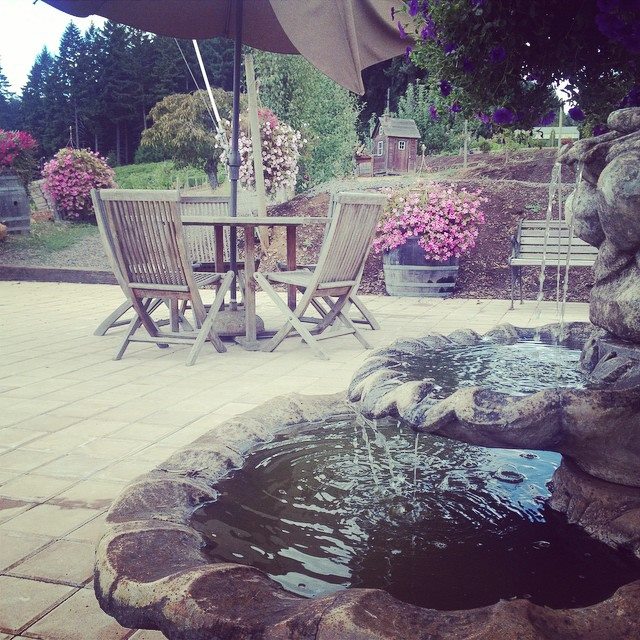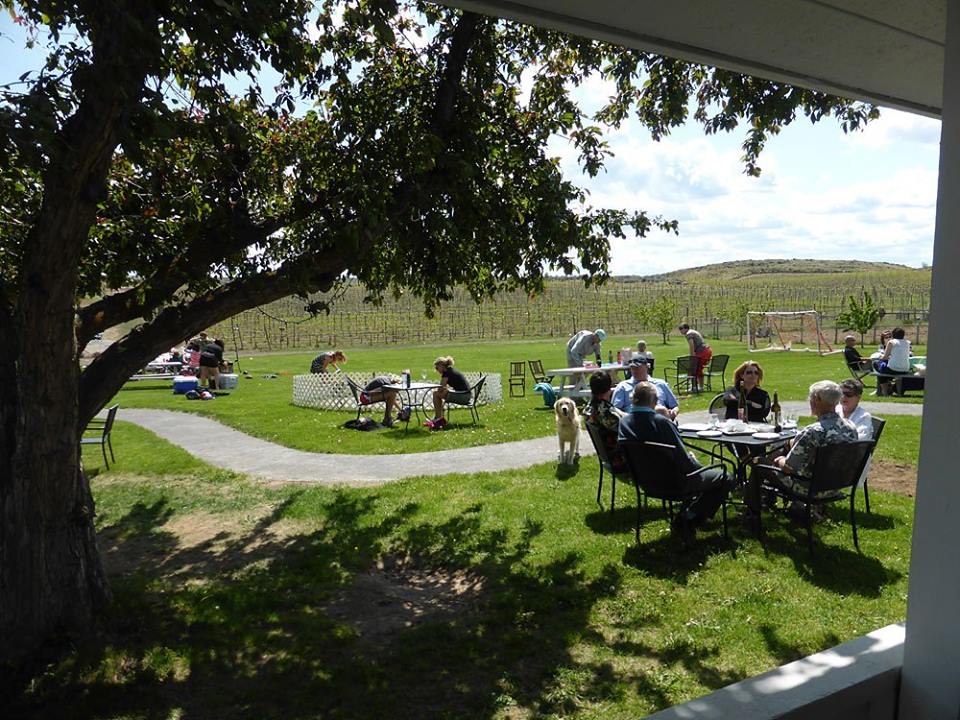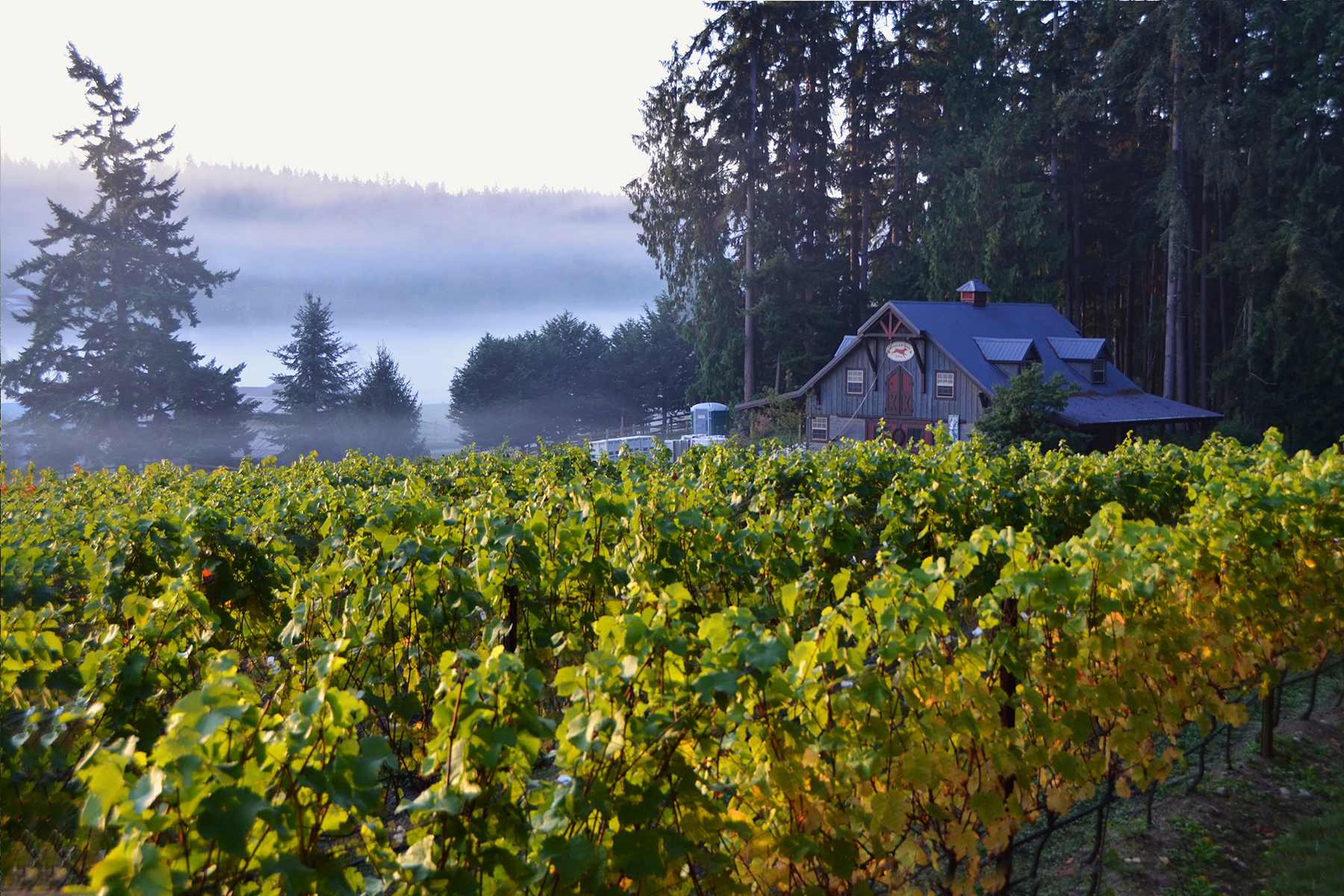Kent Waliser & Lacey Lybeck of Sagemoor Vineyards & Wines
Led by Seattle attorney Alec Bayless and foreign correspondent Albert Ravenholt, a group of investors purchased land for Sagemoor Vineyard along the Columbia River north of Pasco in 1968. At that time, Washington had barely a half-dozen wineries and no sizable commercial vineyards. When in 1972 planting of vines began at Sagemoor and the nearby additional properties of Bacchus and Dionysus, Washington’s first large-scale commercial vineyard was taking root. Today Sagemoor Vineyards includes these three original vineyards, as well as Weinbau and Gamache, totaling over 1,000 acres in both the Columbia Valley and Wahluke Slope AVAs. Director of Vineyard Operations Kent Waliser and Vineyard Manager Lacey Lybeck work with Sagemoor staff to customize grape-growing practices for the winemaking needs of over 100 wineries throughout the state.
When Allan Bros., Inc. purchased Sagemoor Vineyards in 2014, Kent saw an opportunity to pursue his long-time dream of having a Sagemoor brand of wines. He formed partnerships with several winemakers, and Selections by Sagemoor was born, going public in early 2018. It is an online retail shop offering three-bottle boxes of wines carefully selected to highlight the strengths and diversity of Sagemoor Vineyards. Some boxed selections also have an educational component, as they contain historical information, tasting notes, and wines selected around a theme, such as the role of the winemaker or the differences in blocks of the same varietal. Interested consumers can join the list to hear about Sagemoor Selections, with no obligation to buy. Listen to this interview to hear more about the wines, vineyard history and characteristics, viticultural issues needing further research, potential hazards in the vineyard, and much more.
Listen to the Interview:





















































































































